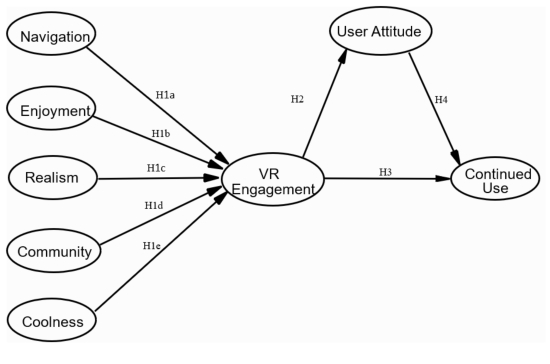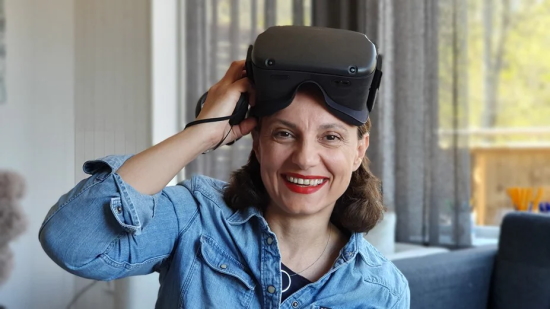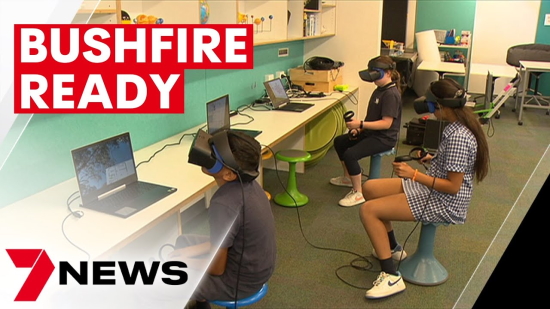Call for Papers
HAID 2022 – 11th International Workshop on Haptic & Audio Interaction Design
August 24-25-26, 2022
Queen Mary University of London, UK [and online; see below]
https://haid2022.qmul.ac.uk/
Submission deadlines (final):
- Papers: 22 May 2022
- Demos: 26 June 2022
- Work in Progress: 26 June 2022
Since its conception by Stephen Brewster in 2006, the aim of the HAID workshop is to bring together researchers and practitioners who share an interest in finding out how the haptic and audio modalities can be used together in human-computer/machine interaction. The research challenges in the area are best approached through user-centred design, empirical studies, or the development of novel theoretical frameworks. Read here for a brief history of the HAID workshop and community, and perspectives on its exciting future.
HAID 2022 will be held 24-26 August at the Mile End Campus of Queen Mary University of London in the UK, and will be a hybrid event with in-person activities and online streaming sessions.… read more. “Call: HAID 2022 – 11th International Workshop on Haptic and Audio Interaction Design”




